Mic Your Cab Live or In the Studio
Whether you are in the studio or on stage, you may run into a situation where you have to mic your guitar cab. There are a plenty of times that I have played gigs where the guy running sound is still learning, and may have not yet developed good mic technique.
In that case, it is up to you to step up and do whatever you can to make sure that the sound guy can capture YOUR sound.
I have worked in a commercial recording studio, and have recorded countless guitar tracks over the years. I have learned many different techniques that can be used to mic up a guitar, but today, we will focus on the simplest technique, which only requires one mic.
Choosing the Microphone
When it comes to micing a guitar cab, there are 3 main microphone types available for use: Dynamic, Condenser, and Ribbon. Each have their own character, advantages and disadvantages.
Dynamic Microphones:
Dynamic mics like the Shure Sm57 or most other stage mics can handle extremely loud levels. The Sm57 is the standard of guitar recording microphones. They are cheap, rugged and sound great!
Condenser Microphones:
Condenser mics, like the Warm Audio WA-47 Jr, are different than dynamic mics, because they use phantom power. They reproduce a crisp, detailed sound, but they generally require a pad (volume attenuation switch) to capture extremely loud sources like high wattage guitar amps.
Condenser mics capture the full picture of your amp’s sound, but can often suffer from bleed from outside sources (like the drums).
Ribbon Microphones:
Ribbon mics like the Cascade Fathead produce a smooth warm tone. Ribbon mics have been the go to choice for many studio guitar recordings.
Although they sound great, some ribbon mics can be too delicate and fragile for a live situation. I wouldn’t advise taking a Royer 121 out to gigs.
Make sure the sound guy is aware that you are using a ribbon mic, because you do not want to use phantom power on a ribbon mic, as it could damage the microphone.
How to Mic a Guitar Cab
Now it comes to how we actually mic the cab. The first piece of advice I can give you is: do not hang your mic over your cabinet, and let it dangle by the mic cable. For reasons too nerdy to get into, mics do not sound the same when sound hits them indirectly, so you will need to use a mic stand.
Now that you have decided to use a proper mic stand, let’s get into placing the mic.
How the Speaker Sounds
There are two parts to a speaker, the dust cover (the center) and the cone (the other 80%). How speakers work is that the closer you get to the center, the brighter the sounds are. The closer you get to the outside edge, the darker the sounds are. Easy enough, right?

Where to Place the Mic
Here’s a good baseline for micing a guitar cab, place a mic (any mic I mentioned above will work) on the edge of the dust cover and the cone. This is a good starting point.
Now if possible, listen to the sound coming out of the speakers. If it sounds like your guitar sound, then you’re set! If not, it is time to move the mic.
It is better to get the sound right at the source than to fix it with eq.
Use Your Ears and Adjust The Mic
If the sound coming through the speakers is too bright, then place the mic closer to the outside of the cone.
If the sound is too dark, place the mic closer to center of the speaker.
If the treble is right, but it just seems too boomy, try moving the mic away from the amp a few inches.
Some mics are prone to proximity effect, which boosts bass frequencies when too close to the source. If the sound is lacking low end, use the proximity effect to your advantage, and move the mic closer to the amp.
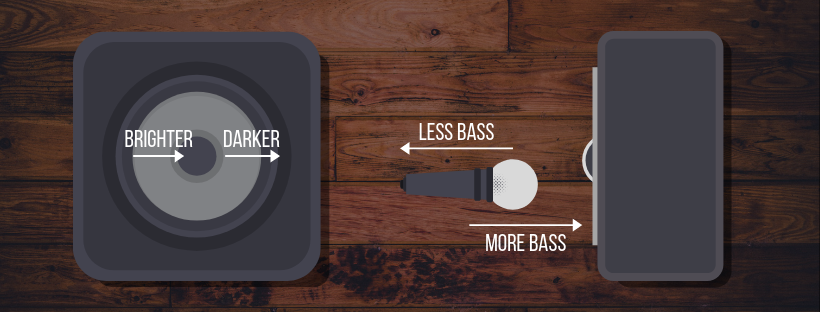
Closing Thoughts
The best thing that you can do when micing a guitar cab is to use your ears. Don’t just throw up a mic and accept whatever comes out. Listen to what you’re hearing, and let your ears be the judge. Make adjustments based on what you are hearing, no matter how ridiculous and tedious it seems. YOUR sound is worth the effort!
I hope this was helpful in equipping you to find YOUR sound! If you found this article helpful, please follow Moustache Audio on social media, and take a look at our products here on our website.

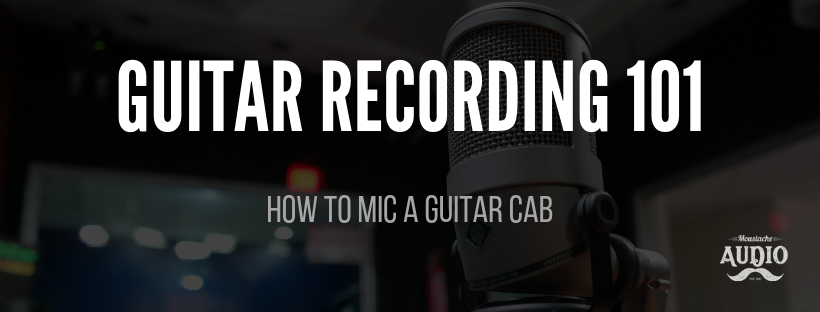
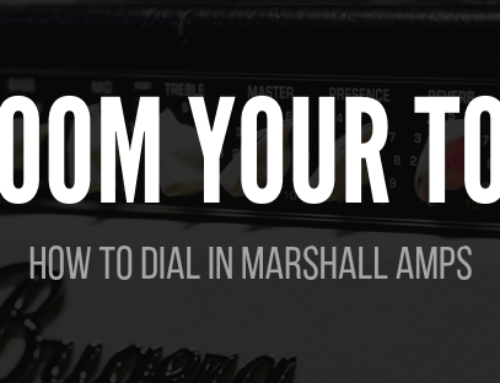
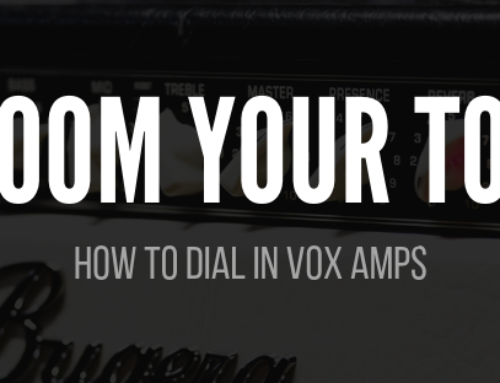
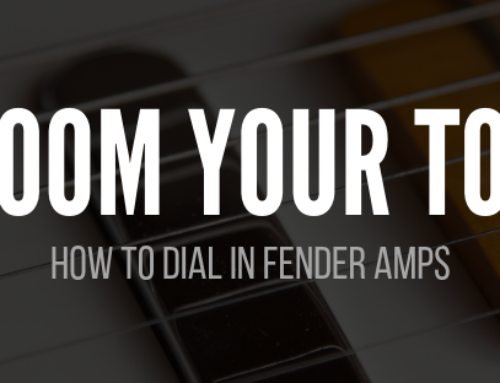
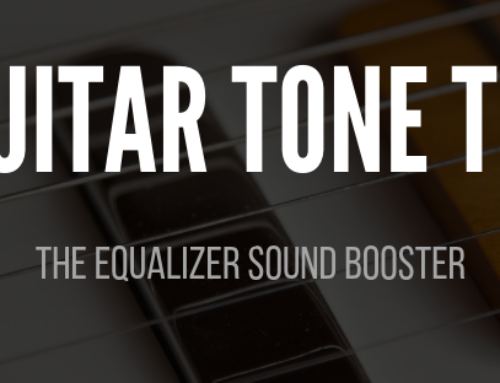

Leave A Comment